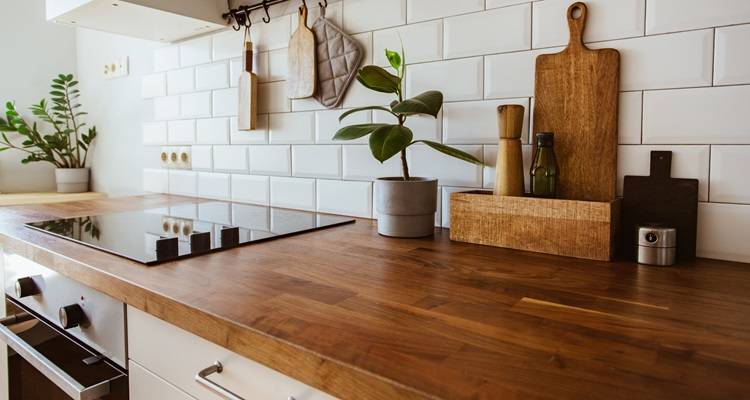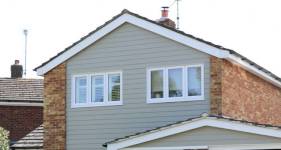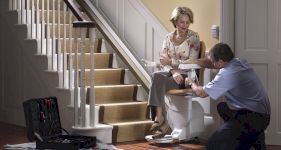Architrave and Skirting Board Cost
- The average cost of replacing skirting boards and architraves is around £250
- The job will take approximately between half a day and 1 day to complete
- A complete pricing breakdown which includes types of skirting and architrave and what such a task usually involves
- How long the job should normally take and a general overview of what kind of jobs can be performed
- How to find and hire a carpenter for your extension
Want to know how much it costs for new skirting boards and architrave?
In this guide, we look at all the average prices for both depending on the materials, sizes and the types of skirting and architrave you choose, how to remove skirting boards and more.
Typically, the average cost to replace skirting boards and architraves is around £250.
Are you ready for a quote?
We have a range of carpenters ready to offer you a free quote!
For more information - continue reading below!
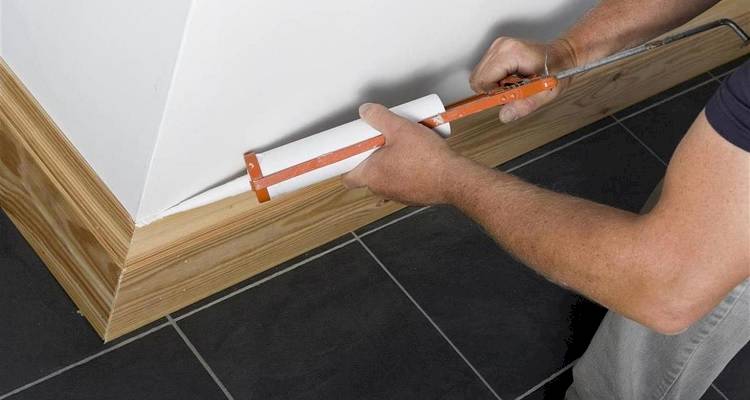
£250
Table of Contents
- How Much To Fit Skirting Boards And Architraves?
- Labour Cost and Time Scale
- Additional Costs
- What's Involved with Replacing Skirting Boards and Architrave?
- DIY Skirting and Architrave Replacement
- Different Types of Skirting and Architrave
- How to Remove Skirting Boards
- Hiring a Professional Carpenter Checklist
- FAQs
- Sources
How Much To Fit Skirting Boards And Architraves?
On average, the cost of hiring a professional carpenter to replace skirting boards and architrave for a medium-size room in the UK is between £150-£200. However, it is important to understand the many costs affecting factors that contribute to the total price of your project.
Things such as the type of skirting and architrave used, the quality of the materials, the scale of your room and the number of rooms requiring installations will all affect the total cost of your project.
When hiring a professional tradesperson to carry out the replacement of your existing skirting and architrave, usually the cost will include both the supply of the materials as well as the tradesperson's labour charges.
The scale and complexity of your project will determine the overall expenses for manual labour. Of course, the more rooms that require the installation will increase the completion time for the job, thus increasing the cost of labour.
How much would you be willing to pay for having new skirting boards replaced in a single room?
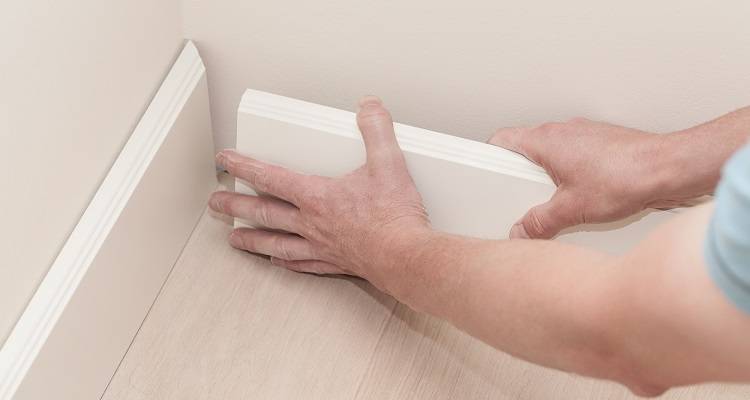
You will also need to decide on what style and quality skirting and architrave you would like installed. More intricate styles of interior mouldings will be more expensive to purchase, therefore affecting the budget of your project.
There are three common types of materials used for interior skirting and architrave, MDF, Softwood and Hardwood. MDF is the general choice amongst homeowners, as well as being the most affordable option.
MDF skirting boards range from around £8 per length, usually available in 4-meter lengths. MDF skirting and architrave is available in a range of various sizes, thickness and designs to choose from.
Can you tell the difference between MDF and wood skirting boards once they're painted?
Architrave and Skirting Board Prices
As we briefly covered earlier, there is a multitude of factors that contribute to the total cost of replacing interior skirting boards and architrave. To help you gain a better understanding, we have included a table below so that you can see how the prices and cost affecting factors compare.
Please note, the below rates are estimated and should only be used as a guide for pricing your project. The below rates also don't include labour costs.
| Type of Moulding | Cost Per Metre |
|---|---|
| MDF Skirting Boards | £20-£40 |
| MDF Architrave | £10-£20 |
| Softwood Skirting Board | £25-£50 |
| Softwood Architrave | £20-£30 |
| Hardwood Skirting Board | £30-£60 |
| Hardwood Architrave | £25-£35 |
Labour Cost and Time Scale
To replace skirting boards and architrave, it usually takes 1 day to complete fully. But this will depend on how much skirting board and architrave you’re replacing and how long any finishing or making good takes.
Labour cost can vary on who you choose to complete the work, and the location of your property, but on average you can expect to pay £150-£200 per day for a tradesperson.
Additional Costs
When replacing architrave and skirting boards, you may need to plaster the walls beforehand if they haven’t been plastered recently. Depending on how many walls need plastering, you can expect to pay around £120-£300, on average.
You can also install skirting board heating at the same time, which cost from £40 per metre. There are two types to choose from, electric and wet systems. Both systems distribute heat evenly throughout a room.
What's Involved with Replacing Skirting Boards and Architrave?
If you are considering hiring a professional carpenter to remove and install your skirting and architrave, you should first understand the steps involved with the process. Upon visiting your property, a qualified expert will assess and determine the level of service you require.
It would be best if you discussed with your carpenter the options that are available to you so that you can determine the quality, style and finish of your new skirting and architrave.
On the day of the installation, your carpenter will begin by removing the existing skirting and architrave. This is usually achieved by running a sharp knife between the moulding and the internal wall, breaking the join that holds them together.
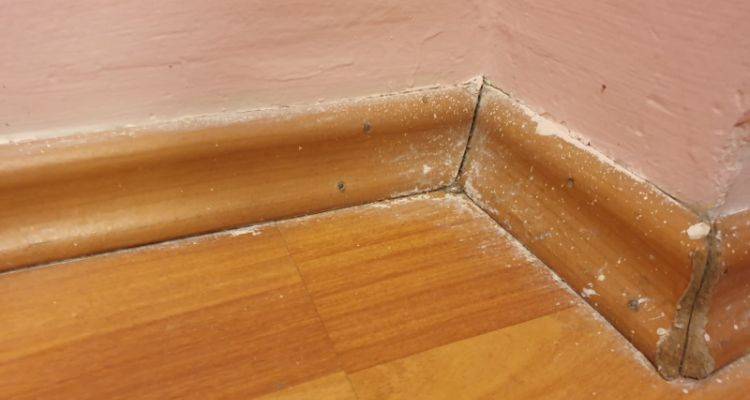
The carpenter will then use either a chisel or a pinch bar to prise out any fixings between the door reveal and the rear of the architrave. Once the architrave is removed, the carpenter will ensure that the space is entirely free of excess nails or fixings, along with any build-up of paint or other debris. If necessary, any build-up of paint or stains can be removed with a paint scraper tool.
A similar process is applied when removing existing skirting boards. However, skirting boards tend to be much thicker than architrave, usually with more substantial fixings that need to be removed.
In this case, your carpenter may repeat the process, using a crowbar instead of a chisel. Once the area is clean and free of any debris or excess material, your carpenter can begin the process of installing your new interior mouldings.
Your carpenter will measure, cut and mitre the required pieces of skirting and architrave accordingly when installing them. Typically, either a mitre saw, or a coping saw will be used to cut the mouldings accurately. A specific type of instant adhesive is a popular method when installing interior mouldings.
Your carpenter may use a combination of adhesive with a nail gun to fit your skirting and architrave in place. This will depend on your tradesperson's preferred style and method of installation, so always be sure to discuss this when hiring a professional.
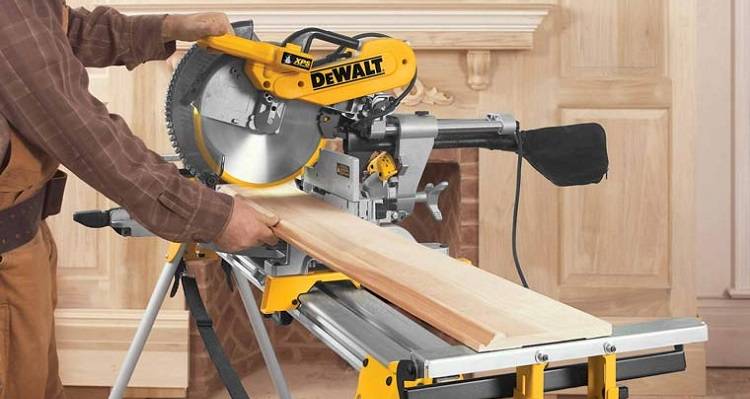
Once the new skirting and architrave have been installed, your carpenter will likely finish the project off by applying decorators caulk to seal any edges and joints between the mouldings to achieve a seamless finish.
For a medium-sized, square shape room, the process of replacing skirting and architrave should take no longer than 1-2 days to complete. You may find that your carpenter will spend one day removing the existing mouldings, returning on a second day to re-install them. Again, this will depend on the carpenter you hire and their preferred method of working.
DIY Skirting and Architrave Replacement
Because fitting skirting boards and architrave is a relatively straightforward process, you may feel you know how to fit skirting boards efficiently. However, as with any home improvement project, there are risks that you should be aware of when attempting to carry out the work yourself.
To achieve a professional, high-quality finish to your interior mouldings, you will need to equip yourself with the proper tools and materials. Power tools can be hazardous if mishandled or used by someone inexperienced. Not only does this put your health at risk, but you also face imposing damage to your property.
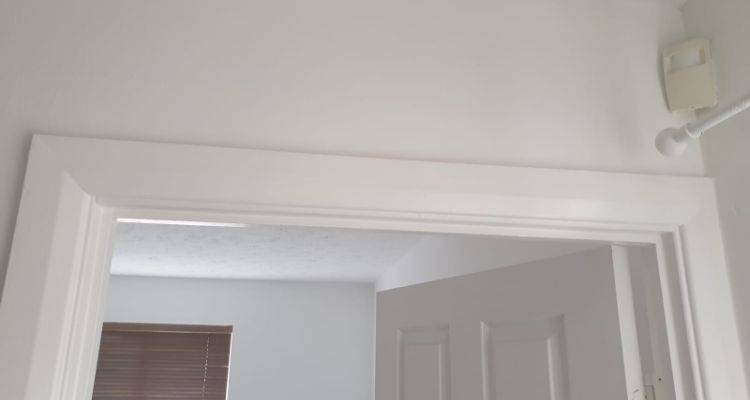
When a professional carpenter carries out the removal of existing interior mouldings, they are working vigilantly to ensure there is minimal damage to the surrounding walls and decor. Removing skirting and architrave can be difficult, so you must be extremely careful not to cause any additional damage when doing so.
You must recognise carpentry is a profession and requires immense skill and precision to achieve a high-quality finish. If you do not know how to cut and mitre the mouldings properly, you may be left with a poor aesthetic finish, along with wasting costly materials.
Our advice is always to seek the advice or assistance of a qualified, experienced professional who can assist you with your project. In doing so, you will avoid having to pay for any costly repairs and ensure that your installation is of the highest quality finish.
Different Types of Skirting and Architrave
As we briefly covered earlier, there are a few variations in the materials, style and thickness of skirting boards and architrave. When trying to decide which type of interior moulding would work best for your project, you must understand the pros and cons of each one.
The popular material choice amongst homeowners and professionals is MDF interior moulding. There are many benefits of using MDF skirting boards and architraves such as affordability and longevity of the product.
MDF is generally much cheaper than alternative options like hardwood and softwood, while also being easy to install and low maintenance. The downside is that MDF is a generally weaker material, compared to other woods and may tend to crack or break under excessive force.
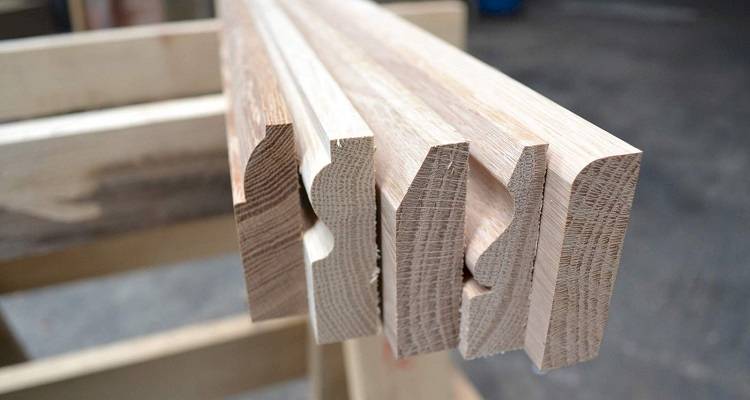
Softwoods such as pine are a great middle-ground interior moulding option. Pine mouldings are typically in the same region of cost as MDF and are available in a range of finishes. Pine mouldings often have a variety of more decorative options and styles with more height, perfect for Victorian-style decor.
Softwood mouldings are however less durable than hardwood, making them prone to movement and damage. Consider that the lifespan of softwood mouldings can be much less compared to alternative options
Hardwood such as oak is commonly used for interior skirting boards and architraves. Thanks to its incredible durability, it is more resilient toward knocks and scrapes than softwood, making it a low-maintenance choice.
Installing hardwood mouldings are much more complicated compared to MDF or softwood, typically involving pre-drilling the timber and using wall plugs to secure. Hardwood mouldings are also more expensive to buy, so consider this when budgeting for your interior project.
For more information, you should discuss with your professional tradesperson which method of interior moulding they suggest would best fit your home and project.
| Type of Moulding | Size | Supply Cost |
|---|---|---|
| MDF Skirting Boards | 2.4m | £15-£20 |
| MDF Architrave | 2.1m | £3-£8 |
| Softwood Skirting Board | 2.4m | £20-£30 |
| Softwood Architrave | 2.1m | £5-£10 |
| Hardwood Skirting Board | 2.4m | £30-£40 |
| Hardwood Architrave | 2.1m | £15-£20 |
How to Remove Skirting Boards
If you want to remove skirting boards yourself, you need the following tools to hand:
- Stanley knife
- Crowbar
- Pliers
- Claw hammer
- Chisel
Before you start, you need to check for any obstruction, such as wires and pipework. You’ll have to ensure all obstructions are removed before beginning. To loosen the skirting boards, use the stanley knife and run it along where the wall meets the skirting. Take the hammer and chisel and gently start to knock the chisel between the skirting and the wall.
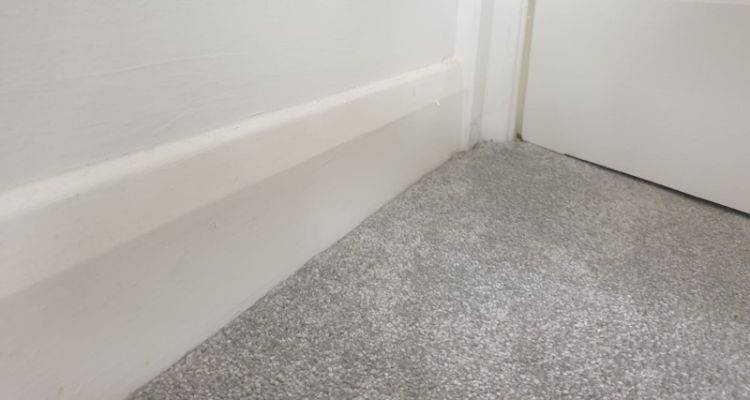
When it’s loose, you can begin to remove it from the wall with the crowbar. Place the crowbar behind the skirting. Once all the nails are out of the wall, you should be able to pull the skirting board away. Make sure to remove any remaining nails that have been left in the wall.
If you want to hire a professional to do this for you, it will cost around £150-£200 per day in labour.
Hiring a Professional Carpenter Checklist
- Research multiple carpenters in your local area.
- Gather at least three different quotes from various traders to ensure that you receive the best price possible.
- Never pay the full amount upfront. If a deposit is required, ensure that you receive confirmation in writing.
- Always ask for an invoice or receipt of any transactions.
- Ask for a detailed project price breakdown so that you know exactly what is included in your quote.
- Discuss all of your options with your carpenter for the style, finish and quality of your interior mouldings.
- Ask your carpenter which moulding they recommend for your project along with the pros and cons of each type of material.
FAQs
What's the difference between architrave and skirting board?
Do architrave and skirting have to match?
What does skirting boards do?
What is architrave?
How high should skirting boards be?
Sources
https://mdfskirtingworld.co.uk/blog/remove-skirting-boards-easy-how-to-guide/



